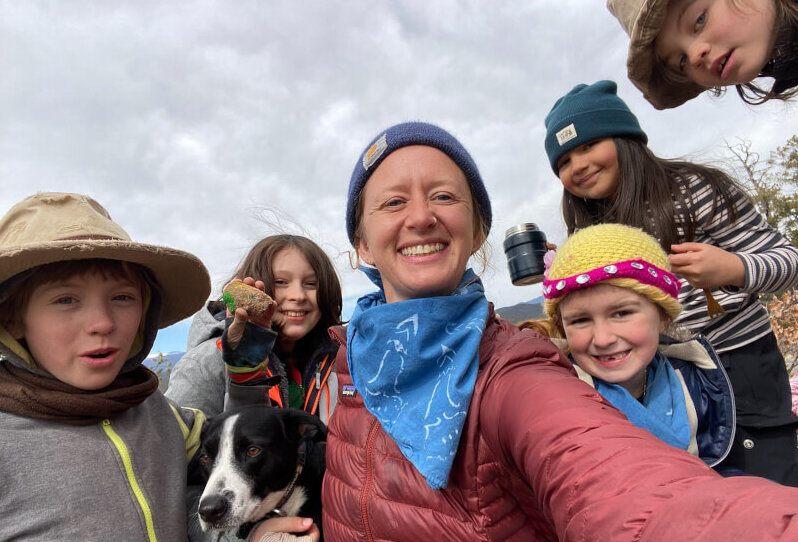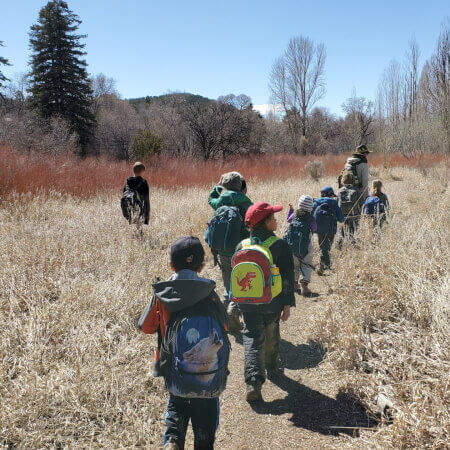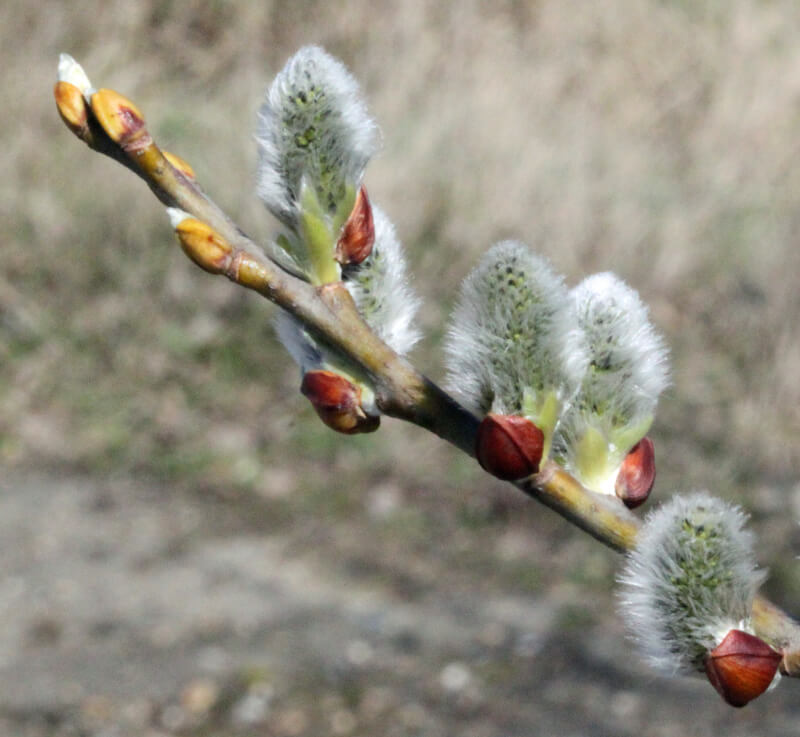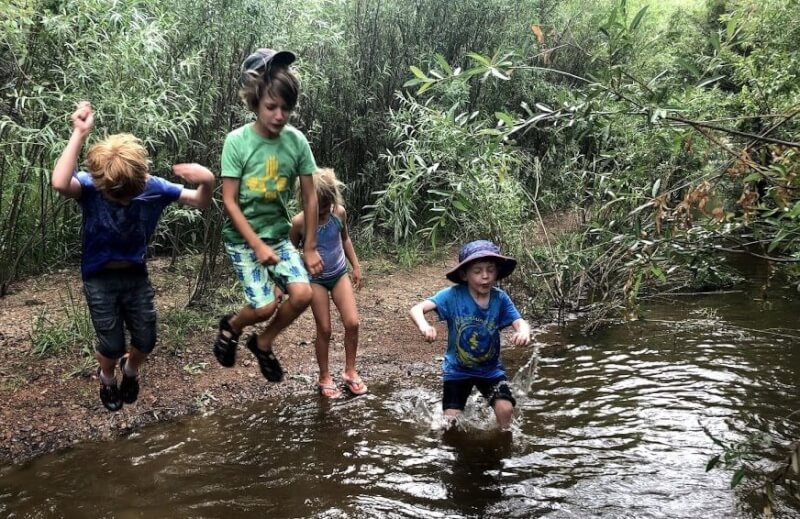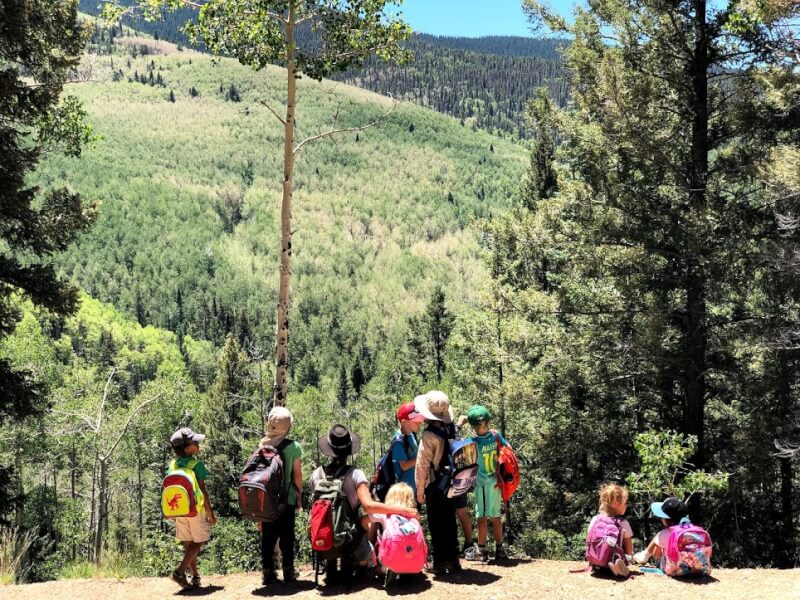By Carmen Harris
As we begin our warm-cold dance & windy journey toward spring you will inevitably notice periods of time when the weather is so fine and fair that our bees can be seen flying about in search of sustenance. I’ve already noticed them on our warm days sipping on the resin of wood that I’ve been cutting while I work outside, doing their best to seek whatever they can during this ‘fallow’ time in the plant world before buds break open in Spring. What are the early foods that our bees can eat to sustain themselves at this time of the year?
Willow, one our earliest budding shrubs, will open their catkins or ‘pussy’ buds at the end of February to early March, displaying delicious pollen for our bees to sup on. Beekeepers will often place their hives of bees near stands of willow for early foraging and for the health and wellness of their hives.
Let’s take a wee look at the willow who so kindly buds early for our bees. The term “pussy willow” refers to several species of willows that get furry gray catkins. Generally, the first spring “pussy” buds, often have a lovely silken, soft grey fur about them – like a cat or a rabbit. Later, the fur disappears and is replaced by either male or female flowers, depending on which type of plant you have. Pussy willows are dioecious, meaning there are both male and female trees. Although only the male flowers produce pollen, both sexes produce nectar.
In New Mexico we have a common willow known locally as ‘Coyote willow’ or ‘Sandbar Willow’ (Salix exigua). You have most likely seen, played with and hidden coyote willow along ditches, riverbanks, and historically, underneath cottonwood trees around Santa Fe and other parts of New Mexico.
Children at Mountain Kids! will have interacted with coyote willow at the Upper Canyon Road Preserve and along the Santa Fe river.
Coyote willow is a special habitat for many critters, one being the Willow Fly Catcher. It is also browsed avidly by deer throughout the winter, and to some extent by sheep, goat, rabbit and cattle, in summer and early fall. Beaver also eats the trunks of willow, along with those of cottonwood, gnawing the inner bark or cambium as food, and placing the sticks as parts of dams or lodges.
Coyote willow roots freely from cuttings when put straight in water or into damp soil. I like to carefully and considerately cut a few new shoots with tight buds on them in early February, place them in a vase or jar and observe the buds opening in my warm home earlier than they would outside. Keep your eyes out for these special, soft buds, and for the bees that rely on them!
![]()


